Novak Djokovic finally won his first French Open on his 12th attempt, at last achieving the career Grand Slam that had eluded him. The red clay of Roland Garros has vexed many before the world's best tennis player, with several hall of famers having that void on their otherwise glistening resumes.
This week, a golf course will be dishing out its own unique brand of punishment as Oakmont hosts its ninth U.S. Open and 14th professional major championship overall. The western Pennsylvania country club proudly calls its track the most difficult in the game, and for good reason.
Venues are a huge part of what makes sports fascinating. In all sports, there are places that present tougher challenges than others, whether it's the setting, the crowd or simply the dimension and surface that tax the competitors more brutally. We decided to take a look at 10 different sports and came up with the toughest venues to compete in for each:
Golf: Oakmont Country Club

Some of the courses in the British Open rota may be nasty when the winds kick up -- witness Carnoustie in 1999 -- but Oakmont is a bear even when the conditions are relatively benign. This is why the USGA keeps coming back as Oakmont has also hosted two U.S. Women's Opens and five U.S. Amateurs as well as three PGA Championships. The length of 7,230 yards is further toughened by tall rough and "church pews" that are much more penal than your average fairway bunkers. Johnny Miller's Sunday 63 to win the 1973 Open at Oakmont is considered the greatest round ever played.
NFL: Heinz Field
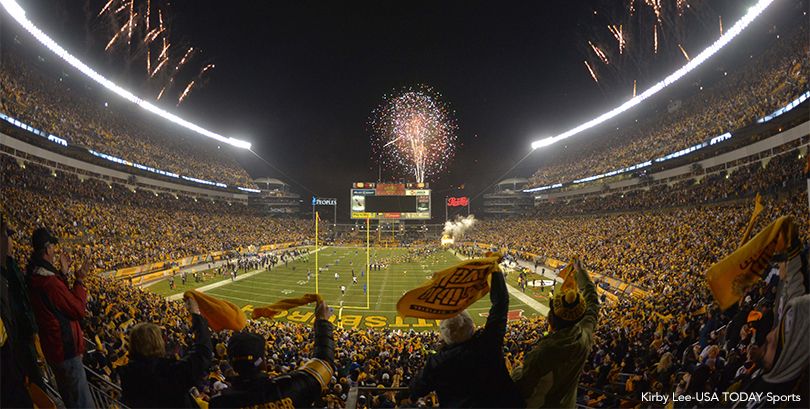
Pittsburgh's Heinz Field, opened in 2001, isn't nearly as old as Green Bay's Lambeau Field or as frequently frigid as Buffalo's Ralph Wilson Stadium, but it's a tough setting for opponents with its noisy, Terrible Towel-waving fans and swirling winds off the confluence of three rivers. It's particularly trying for an opposing kicker, who must deal with the unpredictable conditions at the stadium's open south end (though it's partially closed in 2015). On top of that, the "natural grass" surface at Heinz Field is frequently voted the worst in the NFL by the players, with former running back Fred Taylor calling it "a pending lawsuit."
MLB: Fenway Park
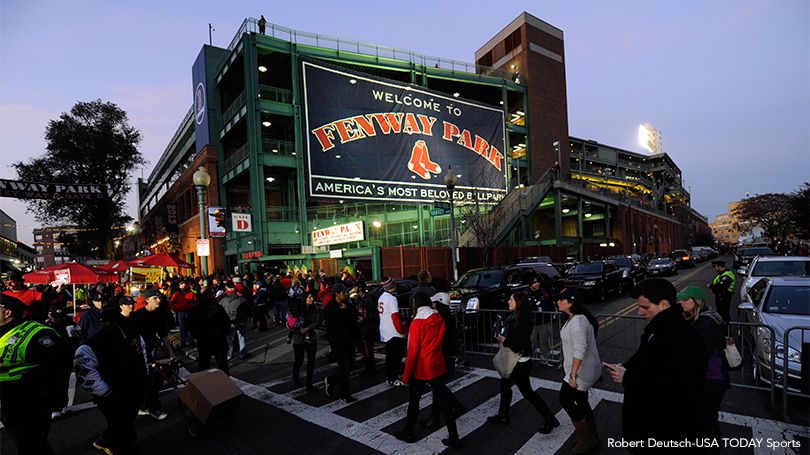
Major League's oldest ballpark, opened in 1912, retained all of its old quirks as an urban yard tucked into a tight neighborhood grid. Besides the famous Green Monster standing 37 feet tall in left field, the Fenway outfield is full of odd angles and asymmetrical dimensions. The Pesky Pole down the right field line measures a mere 302 feet yet dead center field is shaped like a trapezoid with the deepest part stretching 420 feet. Besides the odd-ball dimensions, the visiting clubhouse at Fenway is dingy and cramped, like it's built 100 years ago -- because it was.
NBA: Vivint Smart Home Arena
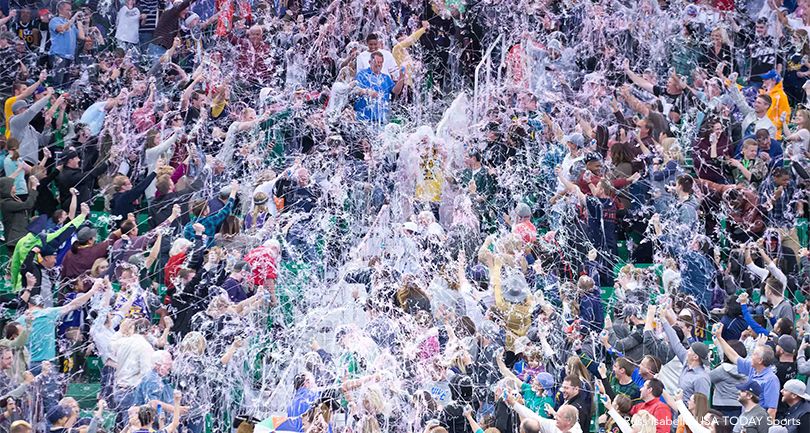
Known as the Delta Center when it opened in 1991, the Utah Jazz's home arena has always given them a vast home-court advantage -- and it didn't hurt that John Stockton and Karl Malone were prowling the premises for the arena's entire opening decade. The late Jazz owner Larry Miller also was a constant presence, stalking the sideline and heckling opposing players. The Jazz are nearing the completion of their rebuilding and now their young team is once again giving visitors fits at the now-named Vivint Smart Home Arena, and its 4,200-foot attitude continues to provide an extra edge.
NHL: Joe Louis Arena
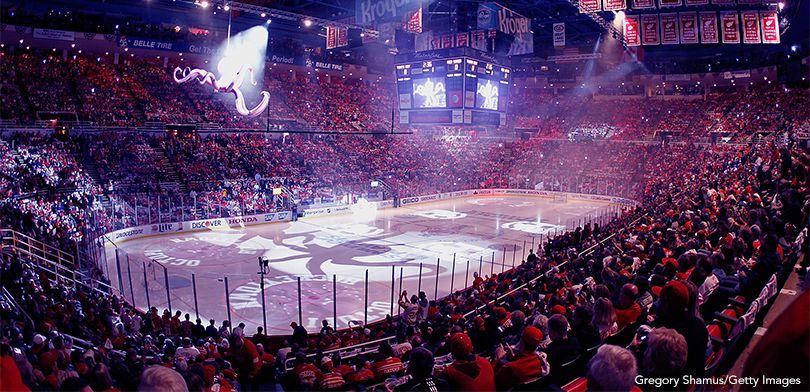
The Detroit Red Wings made the decision not to relocate to suburban Pontiac in the late 1970s, and it was a wise choice. Since the riverfront arena opened in 1979, the Red Wings have enjoyed enormous success with an overwhelming home-ice advantage at "The Joe." The frenzied fans who sometimes hurl live octopi onto the skating surface make for an intimidating atmosphere. But after playing for the Stanley Cup six times and winning four since the arena's opening, the Red Wings will be relocating to the new Little Caesars Arena after the 2016-17 season.
College Football: Tiger Stadium, LSU

Why is LSU' s Tiger Stadium the toughest venue in all of college football? Well, Bear Bryant said so: "It's the worst place in the world for a visiting team. It's like being inside a drum" -- and the Bear actually enjoyed a 14-2 record against LSU there. Current coach Les Miles is 50-6 at home, and his Tigers have made "Death Valley" -- a moniker picked up during Halloween 1959 for the fans' deafening roar - every bit as inhospitable for visitors, especially for night games. The noise at Tiger Stadium has been consistently rated as the loudest in all of football, pro or college.
College Basketball: Cameron Indoor Stadium
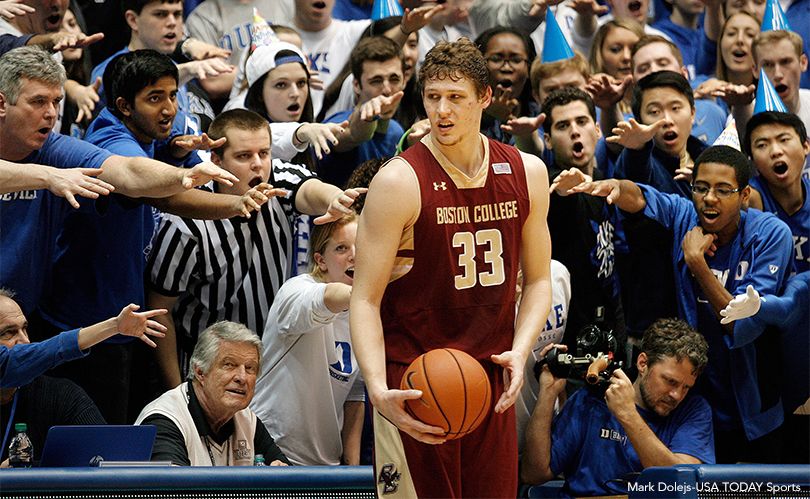
From the outside, the structure doesn't look like much -- its exterior resembles a classroom building more than a "stadium." But once inside, when it's packed for a Duke basketball home game, Cameron instantly transforms into the most notoriously difficult venue for any visiting team. The student section is right on top of the floor -- featuring the clever and obnoxious "Cameron Crazies" -- and they will find every way to make an opponents' experience as miserable as possible. Coach Mike Krzyzewski's teams simply just don't lose there, with a nearly .900 winning percentage during his tenure.
Soccer: Estadio Azteca
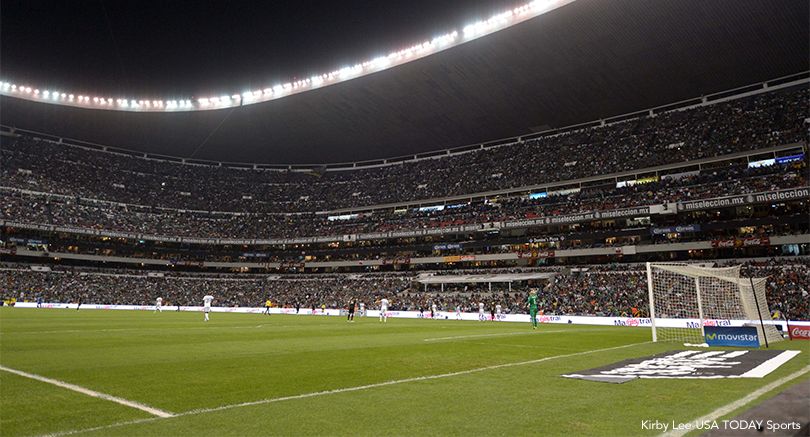
There are hard places for visiting professional players, such as Barcelona's Nou Camp and Borussia Dortmund's Westfalonstadion. But then there's Estadio Azteca in Mexico City, situated at 7,300 feet above sea level with more than100,000 seats. It's the ultimate nightmare for a visiting national team taking on Mexico, because it's like playing soccer with a plastic bag over your head in a cauldron, while being pelted with insults and sometimes bags of urine. The U.S. national team is now public enemy No. 1 in this iconic venue, which also hosted two World Cup finals (1970 and 1986), as well as Diego Maradona's infamous "Hand of God" game.
Tennis: Roland Garros

The French Open for now is the only major played in courts without a roof or lights. Roland Garros also hosts the only major that plays on a surface different from any other - the crushed bricks referred to as the red clay. Unlike grass and hard courts, the tennis ball spins and skids on clay and the players need to slide to cover the court. Pete Sampras, Boris Becker, Jimmy Connors, John McEnroe and Stefan Edberg - tennis greats with half a dozen of more major titles to their names -- were never able to hoist the Coupe de Mousquetaires and it took Roger Federer and Andre Agassi 11 tries to finally taste victory in Paris.
Auto Racing: Monaco Grand Prix

It's difficult to compare the street circuits of Formula 1 racing to that of the ovals prevalent in NASCAR and IndyCar, as they each have their unique challenges: Talladega with its three- or four-wide track and Indianapolis Motor Speedway with its long straightaway and tight turns. But the crown jewel of the world's top racing circuit is a most difficult challenge because it's laid out from cramped streets of Monte Carlo. It might not be as dangerous as some other tracks in F1 or other racing leagues, but it's the ultimate test of a driver's ability as he must negotiate all the delicate twists and turns without wrecking the car.
More By Samuel Chi:
-- Baylor, Ole Miss Prove 'Too Good To Be True' Rule
-- College Football Fan Bases Most Obsessed With Their Rival
-- Reversal On Satellite Camps Is Win For Players, Trouble Sign For NCAA
Samuel Chi is the managing editor of RealClearSports.com and proprietor of College Football Exchange. Follow him on Twitter at @ThePlayoffGuru.





